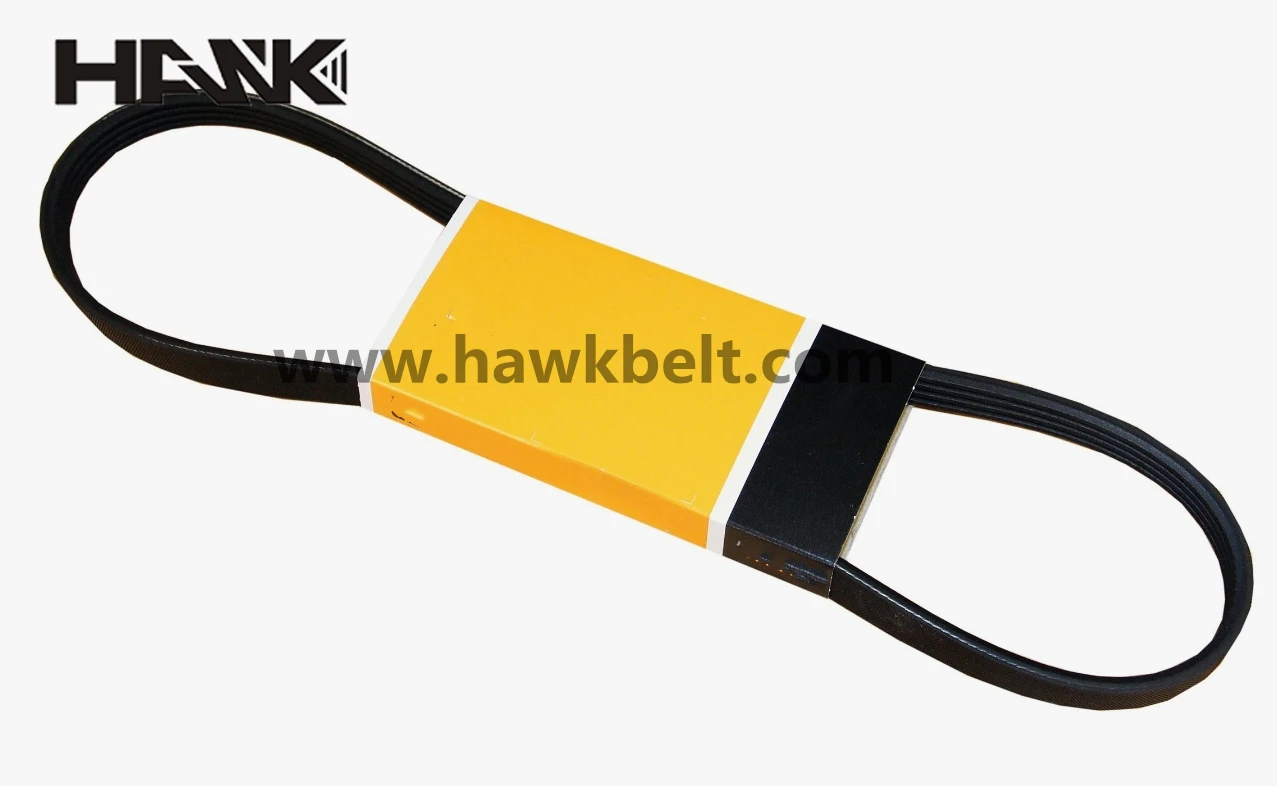- Arabic
- French
- Russian
- Spanish
- Portuguese
- Turkish
- Armenian
- English
- Albanian
- Amharic
- Azerbaijani
- Basque
- Belarusian
- Bengali
- Bosnian
- Bulgarian
- Catalan
- Cebuano
- Corsican
- Croatian
- Czech
- Danish
- Dutch
- Afrikaans
- Esperanto
- Estonian
- Finnish
- Frisian
- Galician
- Georgian
- German
- Greek
- Gujarati
- Haitian Creole
- hausa
- hawaiian
- Hebrew
- Hindi
- Miao
- Hungarian
- Icelandic
- igbo
- Indonesian
- irish
- Italian
- Japanese
- Javanese
- Kannada
- kazakh
- Khmer
- Rwandese
- Korean
- Kurdish
- Kyrgyz
- Lao
- Latin
- Latvian
- Lithuanian
- Luxembourgish
- Macedonian
- Malgashi
- Malay
- Malayalam
- Maltese
- Maori
- Marathi
- Mongolian
- Myanmar
- Nepali
- Norwegian
- Norwegian
- Occitan
- Pashto
- Persian
- Polish
- Punjabi
- Romanian
- Samoan
- Scottish Gaelic
- Serbian
- Sesotho
- Shona
- Sindhi
- Sinhala
- Slovak
- Slovenian
- Somali
- Sundanese
- Swahili
- Swedish
- Tagalog
- Tajik
- Tamil
- Tatar
- Telugu
- Thai
- Turkmen
- Ukrainian
- Urdu
- Uighur
- Uzbek
- Vietnamese
- Welsh
- Bantu
- Yiddish
- Yoruba
- Zulu
តុលា . 18, 2024 02:51 Back to list
Understanding Mechanical Drives and Belting for Efficient Power Transmission Solutions
Mechanical Drives and Belting An Overview
Mechanical drives are fundamental components in many industrial applications, providing the necessary power transmission and movement to operate machinery. These systems utilize various mechanisms, including gears, chains, and belts, to transfer energy from one component to another. Among these methods, belting systems have become particularly popular due to their versatility, efficiency, and ability to accommodate a wide range of applications.
Understanding Mechanical Drives
Mechanical drives refer to the systems and components that transmit power from a power source to machine elements that perform work. This transmission can involve rotating shafts, and the mechanisms can vary widely, including belt drives, chain drives, and gear drives.
Belt drives are one of the most common mechanical drive systems. They consist of a motor connected to a driven component (like a fan, conveyor, or another machine) through a belt. The motor turns a pulley, which in turn moves the belt and drives the connected load. The selection of the drive type often depends on factors such as the distance between the driver and driven components, the desired speed, torque requirements, and operational environment.
The Role of Belting in Mechanical Drives
Belting serves as a crucial linking element in mechanical drives
. There are several types of belts used in various applications, including flat belts, V-belts, and timing belts, each designed to meet specific performance requirements.1. Flat Belts These are the simplest type of belts, featuring a rectangular cross-section. They are primarily used in light-duty applications and can handle moderate loads. Flat belts can stretch and slip, which may lead to a reduction in efficiency.
2. V-Belts These belts have a trapezoidal cross-section that fits into matching grooves on pulleys. This design provides better grip and allows for greater power transmission compared to flat belts. V-belts are widely used in household appliances, automotive engines, and industrial machinery.
mechanical drives & belting

3. Timing Belts Timing belts are designed with teeth to engage with toothed pulleys, ensuring precise synchronization between the driver and driven components. They are commonly used in applications that require accurate motion control, such as in automotive timing systems and robotics.
Advantages of Mechanical Drives with Belting Systems
Mechanical drives utilizing belting systems offer several distinct advantages
- Efficiency Belt drives typically exhibit high efficiency rates, often ranging between 90% to 98%. Their ability to transmit power over a distance without considerable energy loss through friction makes them an attractive option for various machinery.
- Flexibility and Adaptability Belt drives can effectively accommodate varying speeds and loads without substantial adjustments. Additionally, they can be rerouted, allowing for creative machine designs or configurations that may be challenging to achieve with other drive systems.
- Reduced Noise and Vibration Compared to gear drives or chain drives, belts tend to produce less noise and vibration, which contributes to a more comfortable working environment and equipment longevity.
- Ease of Maintenance Belt-driven systems are often easier to maintain than their gear or chain counterparts. Replacement is straightforward, and belt slippage issues can be resolved with proper tensioning.
Conclusion
Mechanical drives and belting systems continue to play a significant role in today’s industrial landscape, providing vital energy transmission for numerous applications. The right selection of belt type and drive mechanism can enhance operational efficiency and performance, enabling industries to meet the ever-increasing demand for productivity. As technology continues to evolve, the development of more robust and efficient belting materials will likely expand the potential applications of mechanical drives even further, ensuring their relevance for years to come. By understanding the fundamental aspects of these systems, engineers and technicians can better design and maintain the machines that power our world.
-
Korean Auto Parts Timing Belt 24312-37500 For Hyundai/Kia
NewsMar.07,2025
-
7PK2300 90916-T2024 RIBBED BELT POLY V BELT PK BELT
NewsMar.07,2025
-
Chinese Auto Belt Factory 310-2M-22 For BMW/Mercedes-Benz
NewsMar.07,2025
-
Chinese Auto Belt Factory 310-2M-22 For BMW/Mercedes-Benz
NewsMar.07,2025
-
90916-02660 PK Belt 6PK1680 For Toyota
NewsMar.07,2025
-
drive belt serpentine belt
NewsMar.07,2025

